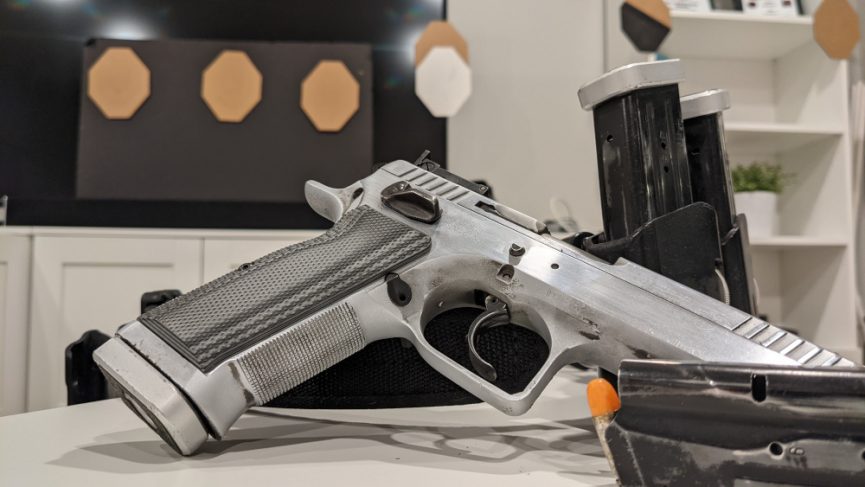In my experience, the main problem with dry fire practice is that I try to do too much all at once. I want to work on five different deficiencies. I want to work on things on the move before I have made progress standing still. I tell myself I should dry fire for long stretches of time, and I end up putting it off until it’s too late in the evening to even put the belt on.
The only solution that I’ve found to this is organization and planning. Write down (on paper, not your phone) a list of the five things you want to work on and pick which one to work on today. Work on it for 20 minutes and call that good enough. The rest will have to wait until tomorrow.
The good news is, tomorrow you have a list of things to work on. Over time, on paper or in your head, that list of deficiencies will change into a list of drills to work on to improve each area. Now, without having to decide what to practice, you’ve written it out ahead of time. Just put on the gear, set your timer, and work. When you learn to trust some problems to yourself in the future, you stop feeling the pressure to fix everything all at once.
When you practice, if you notice something else you want to work on, make a note of it. If you notice some technique change you’re curious to try, or some gear modification to make, make a note of it. Don’t stop practicing. Don’t get distracted. Delay gratification and finish the practice session. Then tinker with your gear. Maybe experiment with the technique change, but tomorrow. Not today. Finish the practice session you set out to start. If you’re constantly changing course every five minutes, you’ll never get anywhere. Better to power through and make progress in some direction–any direction–than to wander around not getting anything accomplished.
That’s it.
For me, the 2021 season starts now. (More on that in a few days.)
Let’s go.

